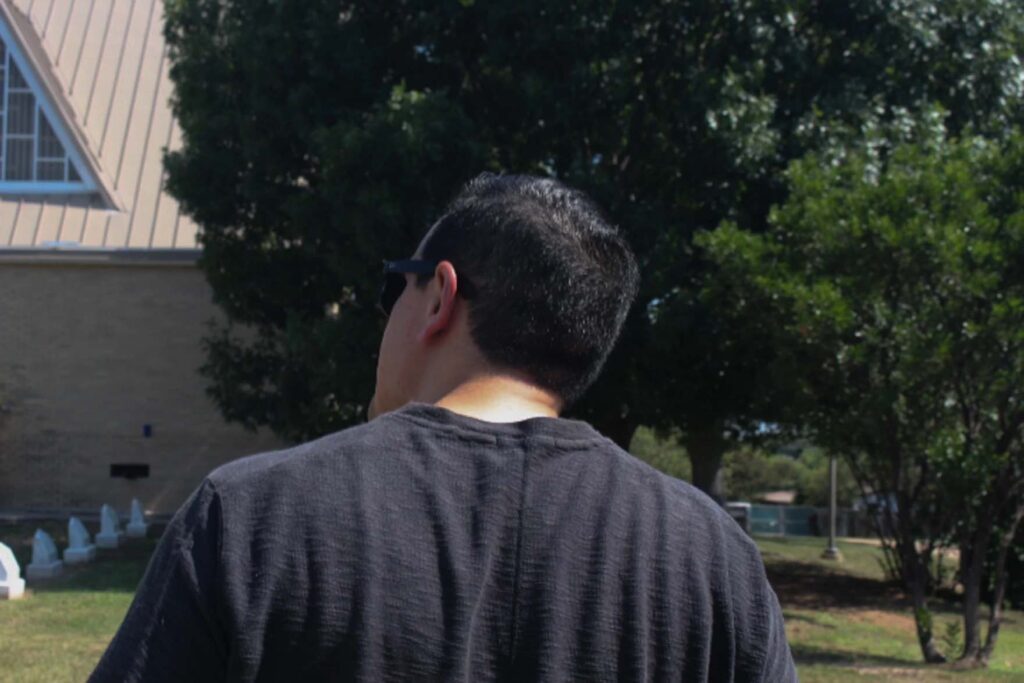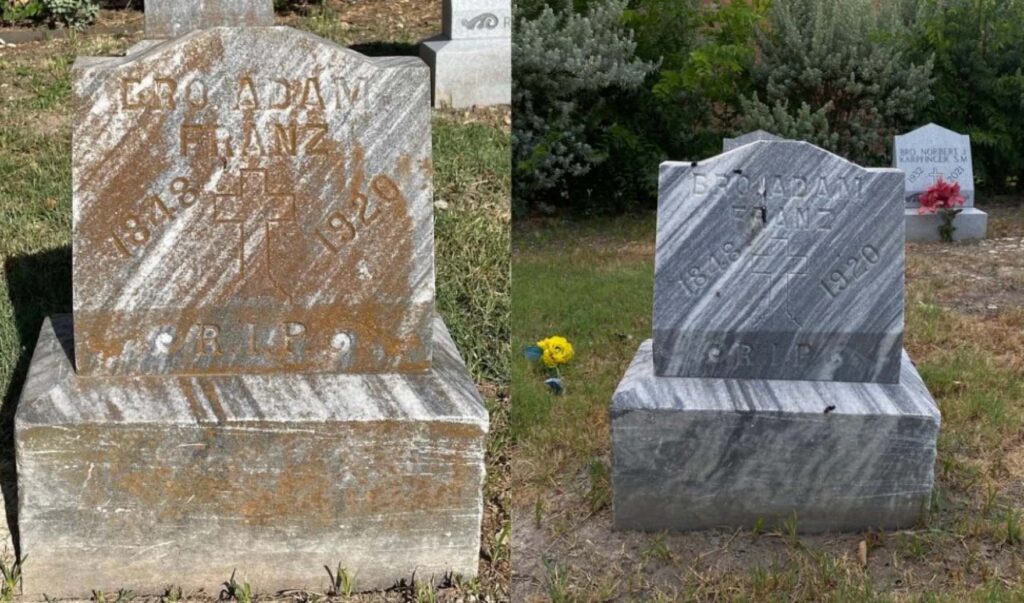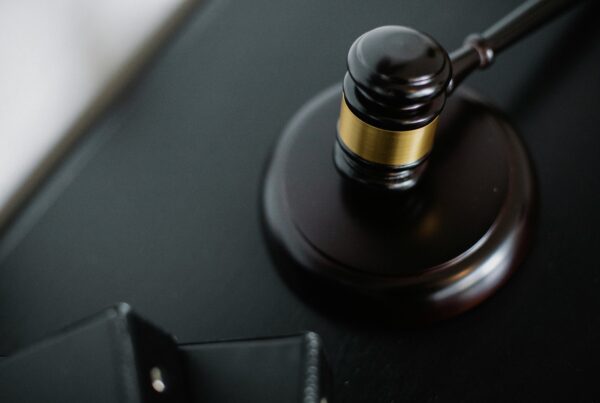From Texas Public Radio:
One of the few things that is certain in life is death. Most of us can remember the first time walking around a cemetery or attending a funeral as children and how confusing it was.
“You usually don’t know the person. You just know that you’re there, and then there’s a hot San Antonio sun, and you’re in the suit, and you’re just standing there. You don’t know who the person is. It’s a very unique experience,” said San Antonio native Joe Alvarez.
From the time he was young boy, his interest in tombstones never stemmed from a fascination with the dead, but rather a curiosity with the history behind the person.

Joe Alvarez strolling the Marianist cemetery on St. Mary’s campus.
Samuel Rocha IV / TPR
Four years ago, he visited a family member’s gravesite and noticed some headstones in the cemetery were neglected and in disrepair.
“They appeared as [if] no one had visited them in many, many, many decades. We’re talking stones that are 100 years old,” said Alvarez.
He taught himself how to clean and restore his family’s headstones first and continued to restore more aging headstones at San Fernando II Cemetery off Cupples and Castroville Road where he has since cleaned hundreds of headstones all completely for free.
But Alvarez believes this effort is his duty as a Catholic.
“If you see them in a state of where something could be done to help, I think we’re obligated to do that as Catholics, I believe,” said Alvarez.
The Marianist Cemetery on the campus of St. Mary’s University is among the few cemeteries that are over 100 years old in San Antonio.
Walking around the Marianist Cemetery on campus, Alvarez noticed the dilapidation and “[t]hat many of the stones here were in bad shape, and this is the retirement community for the Marianist priests and brothers,” said Alvarez. “So I told them, ‘I can do it for you. I won’t charge you anything. Just give me the product and I’ll clean.’”

Before (left) and after (right) Alvarez cleaned the headstones. He completed the cemetery project about a year ago.
Samuel Rocha IV / TPR
Bishops, priests, school presidents and principals were all brothers of the Marianist faith. This cemetery was founded in the early 1900s, and there are over 300 brothers buried there.
Alvarez has a great connection with Marianist residence garden keeper, Br. Edward J. Loch. He visited Loch who settled at the retirement residence on campus. Alvarez couldn’t help but notice the deterioration of the tombstones at the cemetery, so he decided to help out.
He uses a specific product to restore the headstones: “It’s something called D2,” he said.
D2 is a biodegradable liquid that removes stains caused by biological growth on surfaces, including marble, granite and limestone—all common materials used for headstones.
“Bro. Giancarlo, who was the head Marian here, purchased this for me, and it’s rather expensive, but I said, ‘if you get it, I’ll do the work,’” said Alvarez.
He says this cleaning process isn’t for people who like instant gratification.
“These things can take up to a year or two depending on how heavily stained they are,” said Alvarez.
After the deep cleaning session, it’s just a matter of maintenance.
“A lot of times, it just comes right off. Once you clean it, it’s just a matter of dirt and the rain washes it away.”
Alvarez’s fascination for genealogy goes way back to his childhood, and he would refer to the cemeteries he visits as “museums.”
“You have to research a little bit, but it’s just as viable as the Witte [Museum] … It’s a museum of stories. You just have to do your own research, and then you can appreciate some of the people who were buried there.”
For Alvarez, his goal is more than a preservation of history of those now at rest; it’s a preservation of their memory.














